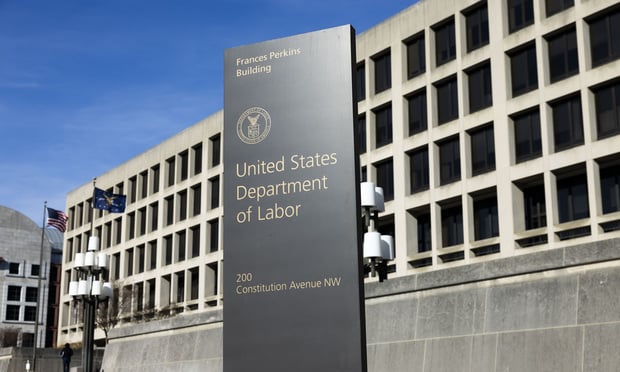 The American Hospital Association disputed UHG's findings, saying that drug manufacturers themselves are the main culprit in rising costs.
The American Hospital Association disputed UHG's findings, saying that drug manufacturers themselves are the main culprit in rising costs.
At a time when drug costs are a top concern for employers, UnitedHealth Group (UHG) has released a report finding that specialty drugs are a key driver of health care costs. The UHG study suggests that hospital delivery of these drugs contribute to the problem; the report claims that $4 billion could be saved if such drugs were administered outside of hospital settings.
However, the American Hospital Association (AHA) has pushed back hard, questioning the methodology of the UHG study and noting that some specialty drugs can only be administered at a hospital.
Related: Curbing specialty drug spending: Where to start?
The dispute comes on the heels of a recent report that found employers list rising drug costs as a top worry. That survey found a quarter of small business owners said drug costs were their biggest challenge in providing health insurance coverage to their employees. But the solution to high drug costs, including the very high costs associated with specialty drugs, remains elusive.
The UHG study: Save money by dispensing outside hospitals
The UHG paper noted that annual growth in per capita spending on administered specialty drugs has averaged 14 percent since 2013.
"Administering specialty drugs in physician offices and patients' homes instead of hospital outpatient settings reduces the cost of the drugs and their administration by $16,000 to $37,000 per privately insured patient per year for five conditions that account for over 75 percent of spending on administered drugs," the study said. "For certain administered specialty drugs, treatment at home can improve patients' physical and mental wellbeing and reduce disruption of work schedules and family responsibilities, all without increasing the likelihood of adverse drug events or side effects."
AHA—don't blame us, it's the drug companies
The hospital group quickly disputed the UHG findings, saying that drug manufacturers themselves are the main culprit in rising costs, and that UHG did not account for differences in populations that need specialty drugs. "Hospitals treat all who come to us, around-the-clock and regardless of ability to pay," the association said on its blog. "Studies have shown that hospitals treat patients who are sicker, older, come from lower-income communities and are more likely to have been previously hospitalized than patients treated in independent physician offices. While UnitedHealth's methodology is unclear, it does not appear that they accounted for these key differences in patient populations. "
AHA also said moving specialty drug administration out of hospital could raise serious safety issues for patients. Specialty drugs also can require compounding and other unique handling processes, which hospitals are best equipped for, according to the AHA.
The hospital group instead pointed the finger at the drug manufacturing industry, which has recently been hit with accusations of pushing dangerous opioid drugs in order to maintain sales. "The reality is that spending on specialty drugs is driven by high and growing list prices set by drug companies, not hospitals," the statement said. "A Kaiser Family Foundation report from earlier this year shows that among the most commonly used specialty drugs, prices for branded drugs have risen by 57 percent since 2017."
While the industry groups argue, drug prices continue to impose burdens on consumers and businesses. Both Congress and the Trump Administration have been talking about taking action on high drug prices for some time. The most recent bill in the House of Representatives would allow Medicare to negotiate lower drug prices, which would then be applied to private health plans as well.
Read more:
© 2025 ALM Global, LLC, All Rights Reserved. Request academic re-use from www.copyright.com. All other uses, submit a request to [email protected]. For more information visit Asset & Logo Licensing.







